One thing I’ve always loved to read is homeschool day-in-the-life posts. There’s just something fascinating about seeing how other families teach their kids at home.
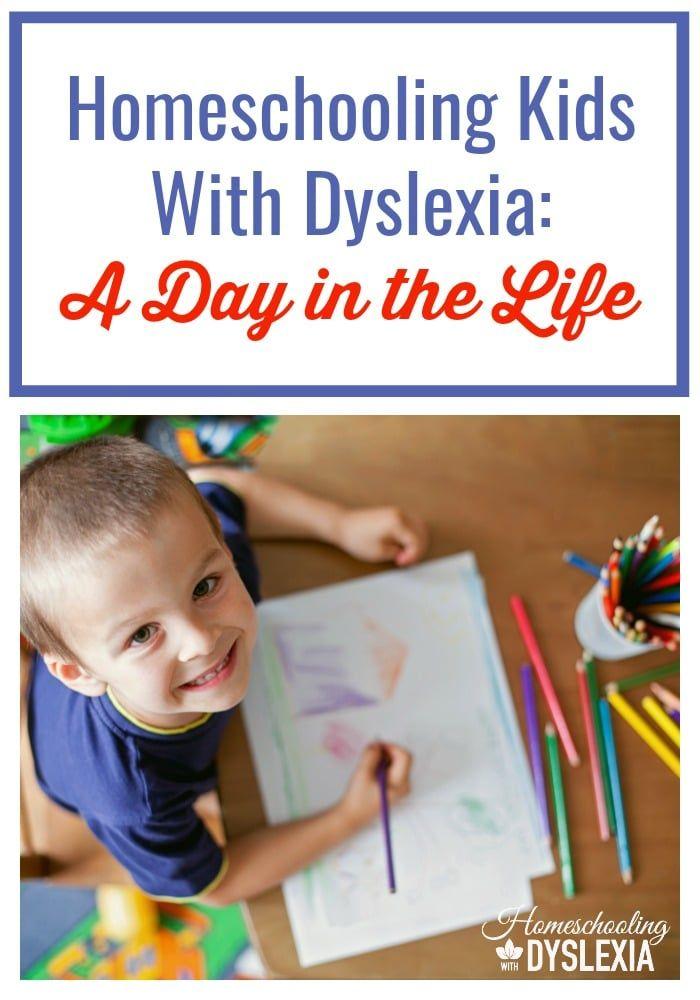
I’ve been writing my own day-in-the-life posts since 2012. I just went back and read some of them and am so glad I documented those busy days. Although my life has become much more mellow as my kids get older, I still miss those early days sometimes.
I’ve been thinking a lot lately about my early days of homeschooling. Remembering those early days when we had just learned about our kids’ dyslexia and were juggling lots of young kids makes me grateful for how far we’ve come!
It also helps me as I ponder how to use my experiences to encourage and bless you – my readers! Okay on to the day-in-the-life deets.
Who’s Who in Our Homeschool
This year, we are homeschooling 4 kids: girls ages 14 and 13, and boys ages 10 and 7. We have 2 adult kids living at home still (and 2 adult kids who are living on their own). One of the adults at home is in college and one is studying to become a yacht captain and works as a First Mate here and there to get experience and time on the sea.
Our Homeschool Day-in-the-Life
Morning
5:00: My alarm goes off every week day at this time. If you can manage it, I highly recommend getting up early during the week. Obviously this isn’t going to work if you’re still in that stage of babies and kids who wake you up in the night. Your sleep is a priority during those years. Also, you may not need to get up quite this early if you’re not a work at home mom like me. For me, waking early allows me time to become human and get started on some projects before my kids start placing demands on me.
Let me be clear. I LOVE my kids, I LOVE homeschooling, and I LOVE being a mom. I don’t love waking up to a hungry child crying to be fed. Ironically, I’m not naturally a morning person. I began getting up earlier by setting my alarm 30 minute earlier than I was used to getting up and when that wake time was comfortable, I set the alarm another 30 minutes earlier. There are seasons when I need more work time (such as when I release 3 new parent classes) and there are seasons when I simply need more sleep. I do almost always get up in time to have some coffee and quiet time before the masses.
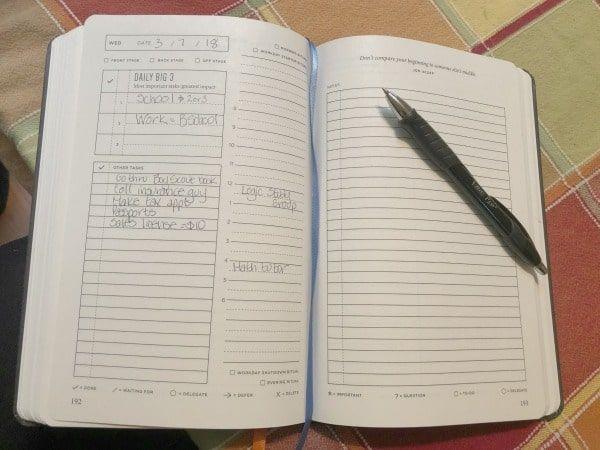
Things I do during this ‘power hour’:
- Drink coffee
- Do my Bible study
- Read 10 minutes in current book
- Check email for anything urgent
- Plan out my day/week and fill in my planner
- Drink more coffee
- Work on blog related things: answer emails, troubleshoot technical issues, begin writing posts etc.
6:30: My self-employed husband gets up. We have our bulletproof coffee together and type up a few emails and invoices for his clients. Helping with paperwork is part of being married to an entrepreneurial person with dyslexia. I make him lunch (usually leftovers from the night before).
7:00-7:30: Kids begin waking up. Some kids sit with me, some grab a book or craft and work or read quietly. We are a slow to rise kind of family (thankfully!).
8:00-8:30: My husband heads out for work.

8:00-9:00: Morning routines. Well, usually. Unless the kids are happily playing in which case I let them play for a bit as I type this! All kids have morning chores like cleaning the kitchen, feeding animals, and room cleaning. Most of the kids can make their own breakfast now. Amazing, I know! Sometimes if I’m not too busy with my husband’s paperwork, I’ll make a nice breakfast. Otherwise the kids make their own simple eggs, bagels, or cereal.
School Time

9:30: Morning Time. This is my favorite time of the day in our homeschool. Morning Time (MT) is a time when we all sit together at the start of our school day and do some learning together. I wrote more about how we structure that in this post on Morning Time.
Currently, our MT time includes:
- Reading from our read aloud (even if it is 5-10 minutes). We’re reading a biography of Thomas Edison right now.
- Review Classical Conversations memory work.
- Geography review – tracing the USA and memorizing the western rivers.
- Reading a little from a children’s book on probability (current science topic).
10:00 Check in with older kids. My two teens are in the Classical Conversations Challenge program. They are largely independent but I like to check in with them – especially early in the week – to make sure their assignment sheets are filled out and progress is being made. One of these kids has ADHD (without hyperactivity). She just has trouble getting started, staying on track, and following through on her assignments. Having a weekly assignment sheet has been an amazing, simple way to keep track and hold her accountable. For more strategies on systems that help kids like this, check out my class: Executive Function: Teaching Your Dyslexic Child to Organize Their Thoughts, Personal Space and Time
You can read more about our experience with Classical Conversations Challenge program here.
And join our Classical Conversations With Dyslexia Facebook group here.

10:30: More school. The little boys are busy with something outside again but this time I call them in because it is getting late and I like to finish their school by 1:00 at the latest. They aren’t happy about leaving their game. I warn them about losing lines if they keep complaining which helps them turn their attitudes around. 😉 My line policy: Each afternoon, I allow my kids an hour of screen time. This usually ends up being Minecraft, some other building game, or a short afternoon movie. The kids really look forward to this time. However, if they earn 3 lines (drawn in plain view on our white board) they lose their turn and have an hour of quiet time in their room instead.
School for 10-year-old:
NILD homework: This kid sees and NILD educational therapist twice a week and on alternate days, has homework. This covers reading, spelling, and handwriting for this kid. (If you are overwhelmed teaching all of your dyslexic kids – here’s when to consider hiring a certified dyslexia tutor.) We sit together while he works through his exercises and some Rhythmic Writing on the chalk board. Rhythmic Writing is essentially exercises that cross the midline and is helpful for improving many areas of brain function aa well as handwriting.
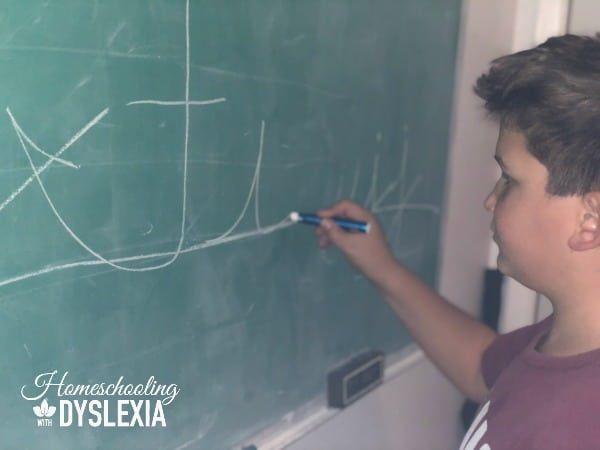
Math: We use Math U See (MUS) for Kindergarten through second grade and then switch to Teaching Textbooks (TT). I love the progression that TT follows. We also love how the lessons are read to the student and how the solutions to missed problems can be viewed immediately! You can read more about why we love Teaching Textbooks here.
I usually sit with this kid during math. Having to write is SO laborious for him that math would take hours and end in tears. I sit with his clipboard with large scale graph paper and we take turns – I write one problem and he writes the next. I spend a lot of time coaching him to stay focused and not to get overwhelmed if he misses a problem. This is just part of teaching kids with ADHD and dysgraphia. He actually loves doing math this way and is finally making significant progress. 🙂
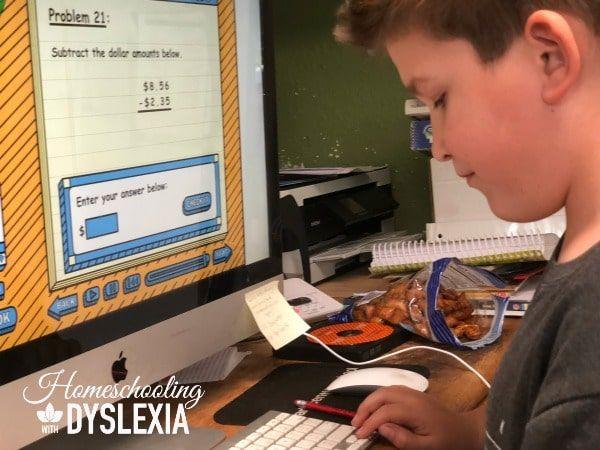
Writing & Grammar: We have had fantastic success with the WriteShop program. You can read about that here and here. This year we are using the Classical Conversations Essentials program for the base of our grammar and writing. One day a week we work on diagramming sentences. One to two days per week we work on his writing assignment which he dictates to me. This kid has excellent vocabulary and command of language but most of that is lost if he has to write due to severe dysgraphia. He is making steady progress and this summer he will begin to learn touch typing so he can begin to type his own papers.
History & Science: Our morning read alouds and our Classical Conversations (CC) history and science memory work are all we do for structured history and science instruction. I have found that the CC memory work has so vastly expanded our kids’ history and science vocabulary that we are often talking about historical events or time periods and scientific principles as they come up during daily life. This is one aspect of homeschooling that I LOVE!
Extra things: Our boys have consistently loved the Cub Scout/Boy Scouts program and this kid will be finishing his arrow of light and bridging to Boy Scouts this Spring. He is also an amazing singer and participates in a local children’s choir.
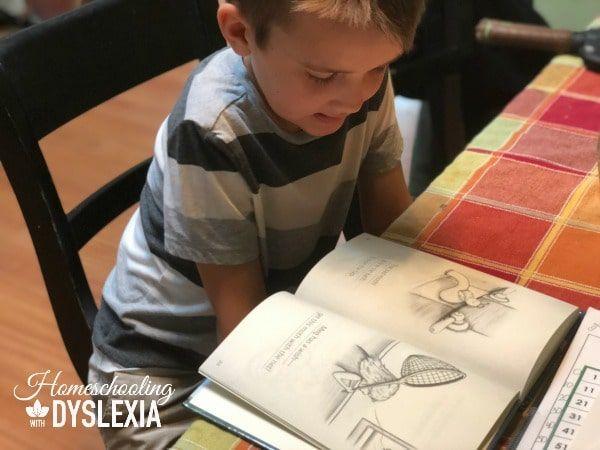
School for the 7-year-old:
Reading: We’re working through All About Reading Level 1. In the past few months he has begun to really develop more reading fluency which is much earlier than his older brother. It is likely that my 7-year-old is more mildly dyslexic.
His daily language arts lessons include:
- Working on an All About Reading lesson. It sometimes takes more than one session to get through one lesson. You can read more about the All About Reading program in my review here.
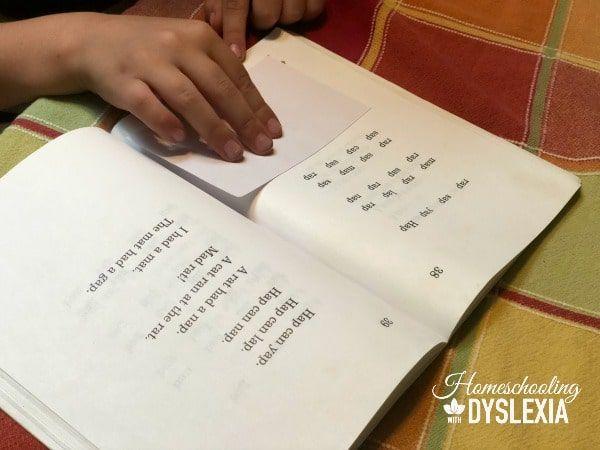
- Let’s Read: Let’s Read is used for building fluency. By reading these simple texts: 2-pages, 3 times each, each day he is overlearning the rimes (word families) and mapping them to his long term memory.
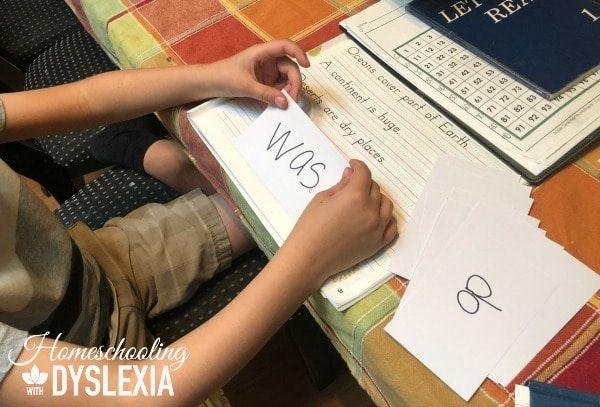
- Site word review: We use this amazing, multi-sensory method to teach sight words and review daily.
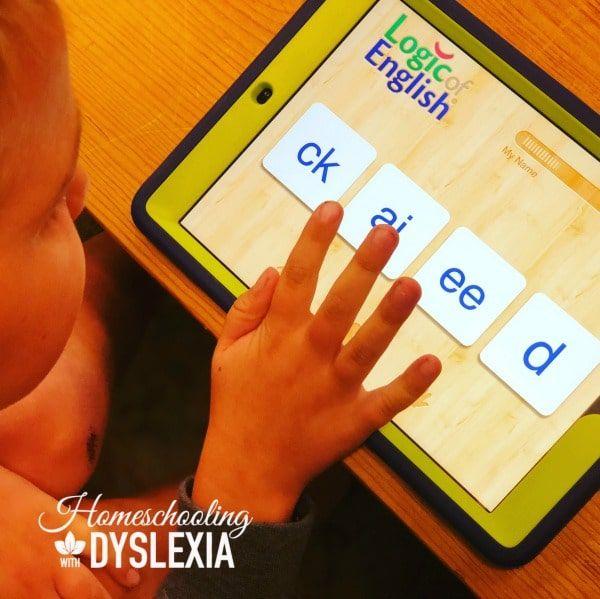
- Review phonograms: Right now we are using the Logic of English Phonograms App for review. It does review all the sounds of each phonogram which I feel this kid is ready for.
I keep track of how much we have covered and what comes next in my OG Reading Lesson Planner that you can download for free here.
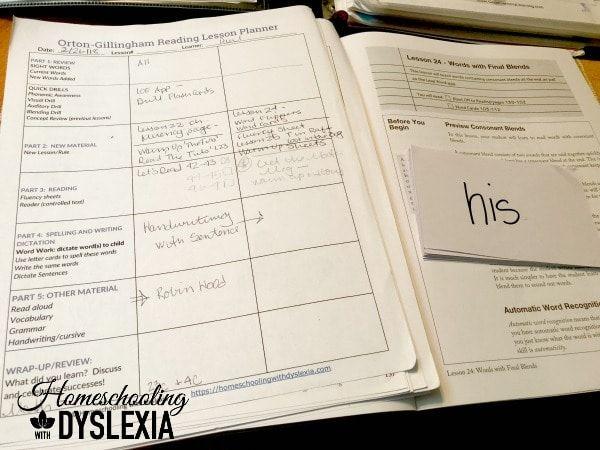
Math: We’re working through Math U See Beta. I also print a page of review math facts a few times a week to practice math fluency.
History & Science: Our morning read alouds and our Classical Conversations (CC) history and science memory work are all we do for structured history and science instruction. I have found that the CC memory work has so vastly expanded our kids’ history and science vocabulary that we are often talking about historical events or time periods and scientific principles as they come up during daily life. This is one aspect of homeschooling that I LOVE!
Afternoons in Our Homeschool
12:00: Lunch and play time for the boys. If we don’t have too many interruptions we usually finish these tasks between 12:00 and 1:00 when we’ll stop for lunch and a break. If we haven’t finished, we work more after lunch.
Sometimes after lunch, we run out to tutors or study groups. Other days we will read out loud more. Some days my older girls need help with papers or some other aspect. I try to carve out time between 1:00-3:00 to focus on household chores, and checking in on my older kids.
3:00-5:00: Screen time and play time: If we are home and not running errands or taking kids to tutors etc, this is my time for desk work. This is paying bills, calling insurance companies etc. Once that is done I try to spend time working on my web site.
5:00: House cleaning and dinner prep. Computers, tablets, and phones are put away and afternoon chores are done. Checking on animals, tidying up craft and other projects, and prepping for dinner.






Do you know of any Science curriculum that had an available audio format? We have used the Apologia which I really like, I am just curious if there are other options. Having the book in an audio format helps so much with their understanding of the material.
What ages are you looking for Dee?
I love your planner as I am trying to piece together a curriculum for my 9 year old son who is severely dyslexic. Do you have a post that describes what specifically you use for each part of your planner when you first start off with a dyslexic kid?
For Example: When first starting off Day 1:
Part 1: What sight words would you use? Do you omit blending and Drills?
Part 2: ALL About Reading only?
Part 3: Would you use AAR Readers only? Do you use Let’s Read for Fluency sheets or what do you use for that?
Part 4: What words/Sentences would you dictate? If you child has dysgraphia(Mine does and cannot put a sentence together right now) would you skip this? or what would you do?
Part 5: What would you use for Vocabulary and Grammar?
wonderful